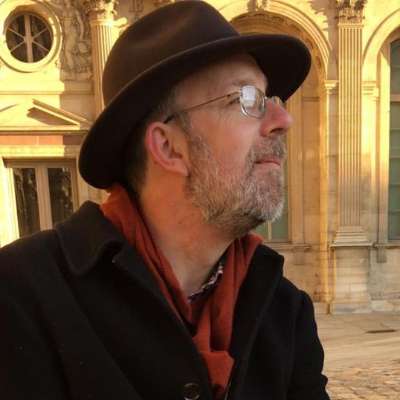“Lesser artists borrow, great artists steal.” Certainly no composer in the 20th century adapted his style as much as Igor Stravinsky. Famed for his early ballets for Diaghilev’s Ballets Russes – which were heavily influenced by the glittering scores by his teacher, Rimsky-Korsakov – to his neoclassical phase and serialism, Stravinsky’s music underwent many transformations. Here is a playlist featuring his best scores.
1Le Sacre du printemps
The riot at the premiere of The Rite of Spring in 1913 was one of the most notorious scandals in 20th century classical music history. The dissonances, irregular metres, stresses and cross-rhythms challenged both orchestra and public, but Vaslav Nijinsky’s choreography was also unlike anything seen before. Here, the Mariinsky Ballet performs a reconstruction of that original choreography, so you can judge the impact for yourselves.
2The Firebird
The Firebird was Stravinsky’s first major commission by Serge Diaghilev. Based on a Russian fairytale, itself already set as an opera by Rimsky-Korsakov, it tells the mythical story of a magic bird who aids the hero, Prince Ivan, in uncovering the evil sorcerer Kastchei’s death (hidden in an egg) to break a spell and free 13 princesses. Mikhail Fokine’s choreography is still regularly performed.
3Apollon musagète
Apollon musagète (or just Apollo, as it became known) was the first collaboration between Stravinsky and choreographer George Balanchine, the start of a major collaborative partnership that lasted decades. Along with Apollo, the ballet features three of the Muses – Calliope, Polyhymnia and Terpsichore – who dance variations in keeping with the form of classical ballet. In the Coda, Apollo leads the three muses towards Parnassus.
4Violin Concerto
Stravinsky’s sole violin concerto is a neoclassical work, drawing on Baroque structures. It has the feel of chamber music rather than a big virtuoso concerto where the violin is pitted against an orchestra. "I did not compose a cadenza,” wrote Stravinsky, “not because I did not care about exploiting violin virtuosity, but because the violin in combination was my real interest.” The concerto was composed for young Polish violinist Samuel Dushkin and was later choreographed – twice – by Balanchine.
5The Rake's Progress
Based loosely on paintings and engravings by William Hogarth, The Rake’s Progress concerns the decline and fall of Tom Rakewell, tempted to abandon his sweetheart, Anne Trulove, and enjoy the delights of London by one Nick Shadow… who turns out to be the Devil. Composed towards the end of Stravinsky’s neoclassical period, it has the feel of a stylised 18th-century opera, with set-piece arias.
6L'Histoire du soldat
The Soldier’s Tale is a theatrical work “to be read, played, and danced” drawn from a folktale The Runaway Soldier and the Devil. It exists in several different formats – with or without narrator – with a prominent role for solo violinist, given that the soldier in the story, Joseph, sells his fiddle to the Devil.
7Pulcinella
Another ballet but very different from The Rite of Spring(!), Pulcinella marked the start of Stravinsky’s neoclassical period, drawing on music which (at the time) was believed to be by Pergolesi. “Pulcinella was my discovery of the past,” wrote the composer, “the epiphany through which the whole of my late work became possible. It was a backward look, of course – the first of many love affairs in that direction – but it was a look in the mirror, too.”
8Three Movements from Petrushka
Petrushka, Stravinsky’s other major ballet from his early years, premiered in 1911 with Nijinsky as Petrushka, the puppet, whose attempts to woo the Ballerina are thwarted by the Moor. It’s a punchy, earthy score. Stravinsky made a virtuosic piano arrangement for Arthur Rubinstein, fiendishly hard to play, which has become a concert favourite.
9Agon
Another ballet written for Balanchine, Agon was given its first stage performance by New York City Ballet in 1957. It is a plotless ballet and was one of Stravinsky’s first scores to explore serialism, and the first in which he used a twelve-tone row (in the second Coda).
10Orpheus
Orpheus is one of Stravinsky’s most beautiful works. Another Balanchine ballet, it relates the mythical story of Orpheus and Eurydice. The apotheosis features Apollo, who “wrests the lyre from Orpheus and raises his song heavenward”. The score features a prominent role for harp (Orpheus’ lyre) and has hints of Stravinsky’s neoclassical style, but also a severity and intensity about it.




